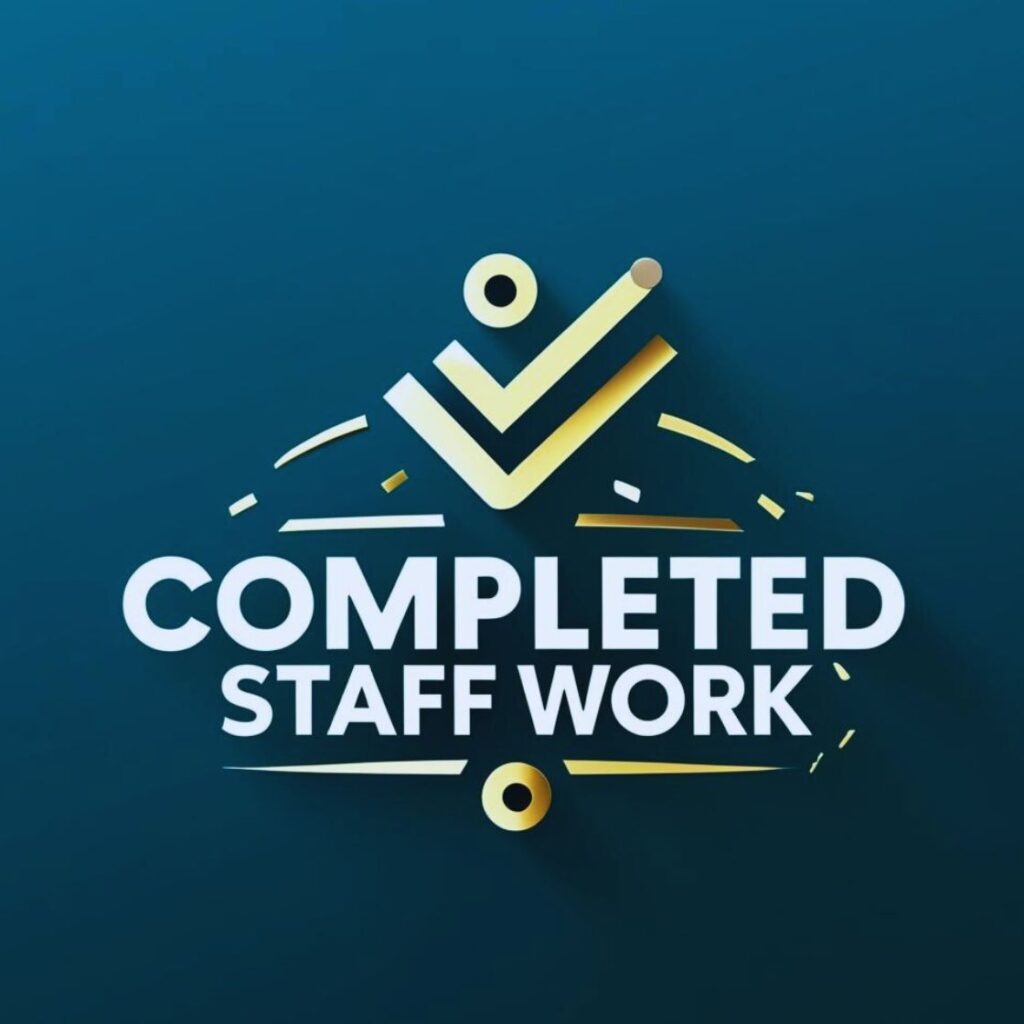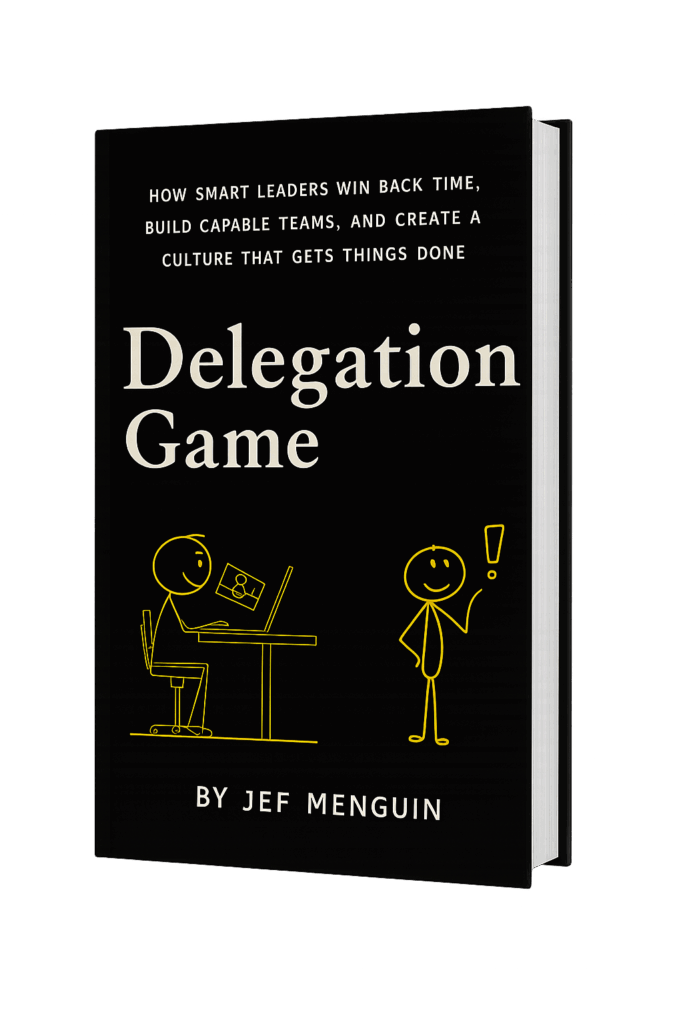The advantages of online classes are not always apparent. For many Filipino students, online classes are a poor alternative to face-to-face classes. Online classes cause mental health struggles for students.
The medium is not the problem.
Online Classes Will Stay
Schools were not ready to offer online classes. Before the pandemic, almost all of our colleges offer only classroom-based learning opportunities.
Many of our educators found themselves inadequate. Though it was not their intention, they made students drink on a fire hose.
When teachers are groping in the dark, they try hard to overdo teaching.
That’s what I felt when I started teaching in 1996. I thought it was my obligation to make students get as much information in an hour. I was a graduate of A.B. Political Science who was assigned to teach World History.
I had no teaching background. I was not aware of teaching and learning principles. I didn’t know any teaching strategy. And the only teaching techniques I knew I learned from watching my teachers.
In 2004, I did webcasting. It is somewhat similar to online classes. My lecture was broadcast live from a studio.
My sessions were broadcast live to about a hundred campuses around the country. Since it was my first, I also tried to give much. I struggled to finish in an hour explaining more than 40 bullet-filled slides in an hour.
And there was always not enough time.
So, believe me when I say that I know why many educators today tried to give more than what students can consume.
Unless our educators spend a week observing students, they’ll keep on teaching too much in online classes.

Design for Enjoyable Experiences
If only companies make the most of the advantages of online classes.
Companies spend millions on training employees. That’s because many college graduates do not have the skills necessary to achieve business goals.
If you have your transcript of records, would your care to look at it now? Most graduates I interviewed said that many courses they took in college were useless.
Probably not. But most of what employees learned were not the critical skills they need to succeed today. That’s because in the world of work, knowing more does not guarantee success. What guarantees success is your mastery of the critical skills necessary to achieve business goals. More important than head knowledge is the ability to practice vital behaviors.
We don’t equip employees like college students.
You can save time and money — and make the most of opportunities — if you focus on one critical skill and a few vital behaviors at a time.
That means you will only provide the education employees can implement.
The Five Advantages of Online Classes
I designed Tiny Online Classes to provide leaders with just-in-time and much-needed learning. The objective is not to give employees an MBA-like education. Tiny online classes focus on a few skills they can learn, practice, and implement.
Bite-size learning.
You eat an elephant one bite at a time. Each session in a tiny online class focuses on one important idea, one critical skill, or one vital behavior. Lessons build up. But the learned will not be overwhelmed. The learner won’t suffer information indigestion.
I apply the same principle in crafting online courses.
But unlike online courses, students in an online class may ask questions and clarify their understanding. Students will proceed with confidence, knowing that they got the lesson right.
Learning Sprint
In a typical seminar, a trainer gives you 40 things to learn and ten nice-to-do things. But you are seldom expected to do any one thing. That’s when you go back to work after each training; you get caught in a whirlwind. You do not get to apply what you learned.
This information dumping is not suitable for adult learners, and this is a waste of business opportunities.
In online classes, You learn faster and on purpose. I design tiny online classes as a learning sprint. That means you get to move from A to B, B to C, and C to D.
The learner will learn new knowledge and get something done. Some call this active learning. I call this learning that works.
Learner-Centered
In a webinar, you may have 200 participants. Most of them have their cameras turned off and microphones muted. I often attempt to make people laugh. But I have no way of knowing.
In webinars, we sacrifice interaction because we don’t have enough time to deal with 100 or 500 participants. Instructors pay more attention to “covering” the items to discuss. The focus is on the speaker.
In tiny online classes, we pay more attention to the class: the people behind the camera. The speaker becomes a facilitator of learning, not just someone who covers 12 things. The aim is not to cover but to help learners discover.
Smaller Class Size
I got an inquiry for team building the other day. The caller wanted to hold a virtual team building for 400 participants from 8 in the morning to five in the afternoon.
Even in normal situations, I tell clients that 400 is not a team.
Yes, I have handled a team-building of more than a thousand participants. The number is just too much for the individual member to bother involving themselves.
I limit a tiny online class to 25 participants. Fewer participants mean more opportunities for interaction. I am able to address the needs of students.
Of course, I understand that some organizations want to save money by requiring 600 people to join a webinar or a virtual workshop. But we are only kidding ourselves if we believe that half of them are involved.
I am not saying that a webinar attended by 600 people is useless. You can do that if the activity is ceremonial or informational. But if you want to persuade people to change their behavior, that surely is a waste of time.
Shorter, More Frequent Learning
An eight-hour webinar is torturous. People won’t see it as education. It is undeserved punishment. And even if you make it interactive like a virtual workshop, the impression is the same: you do not understand.
I have been invited to three-day conferences as a speaker where I was tasked to speak for 60 minutes. Participants were expected to listen to five speakers each day. In between, the hosts promoted the sponsors and announced raffle draw winners.
Speaking for 60 minutes facing a camera and the hidden audience is tiring. Now, imagine that you are one of the participants listening to the five speakers each day.
Have you tried listening to an audiobook for three hours? Most people stopped listening after an hour.
Why?
Because people have to do something while listening. This is why I am gardening, walking, or jogging when I listen to audiobooks (or podcasts). You cannot expect students to sit for 8 hours.
Because my tiny online classes are designed for bite-sized learning, students know that they don’t have to ignore the lessons. Each lesson is focused. I eliminate anything that is not needed.
Study time is shorter and more frequent. We help students concentrate on the lessons – and each becomes the logical next step.






